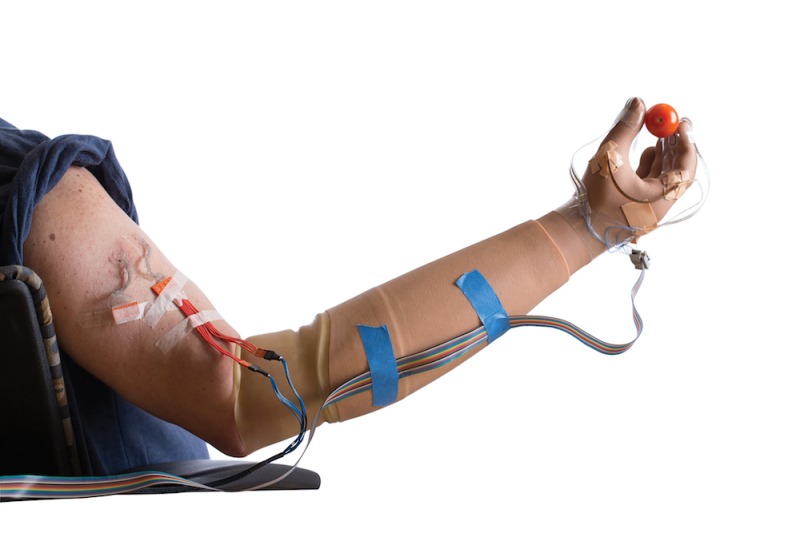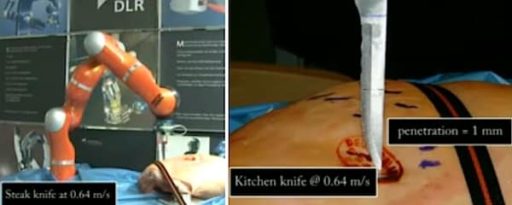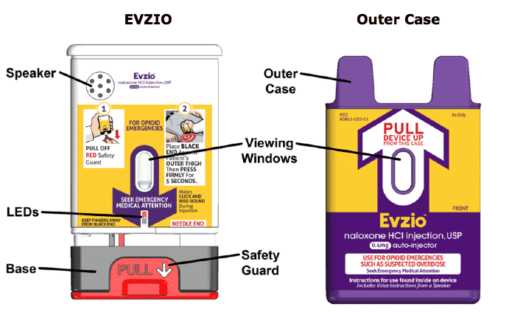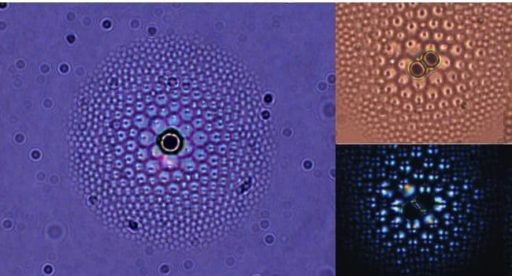Amputees who lost hands in various accidents can now not only feel objects but can also tell the difference between a thin paper and a heavy ball – thanks to researchers who have developed an advanced form of prosthetic hand that enhances the sensibility of the amputees and at the same time eliminates the pain that comes along with a severed limb.
The researcher used this new prosthetic on an amputee, Igor Spetic, who has reported the success and has confirmed that he can now differentiate between two objects and can evaluate their textures and weight, just like he could before his arm had been amputated. Same is the case for another amputee, Keith Vonderhuevel.
When the patients lost their arms, the muscles of the limbs were disengaged with the central nerves. Researchers used special pressure sensors in the prosthetic hand that reestablished the connection by using electrical signals. A special setup of electrodes and wires beneath the skin was also used, which helped the brain to assume that the amputees were holding specific objects.
The use of electrodes in prosthetic hands usually causes complaints that report a tingling sensation. But in this prosthetic limb, the scientists experimented with various patterns and intensity, which helped them to acquire the desired result: enhanced sense of objects. Now, patients can differentiate between various objects that they hold, and can also discern the pressure to be applied on a particular object.
Before being introduced to this prosthetic hand, both the patients used to suffer from a ‘phantom pain’ that came with the amputation. But with the new arm, the patients reported that they barely felt any pain. The researchers are concluding that this could happen because the brain is getting more natural and acceptable signals from the hand, but they cannot be certain.
Although these prosthetic arms are only being used in the lab, the researchers are hopeful of making it available to the abodes of the amputees to be used all day. They are also hopeful about making it available in the market as soon as possible.
Source: Live Science
[ttjad keyword=”hot”]




